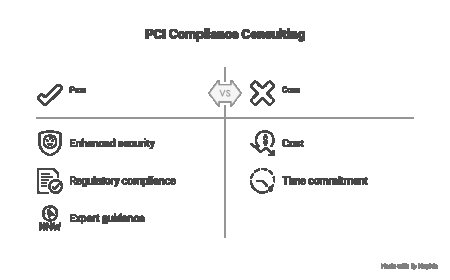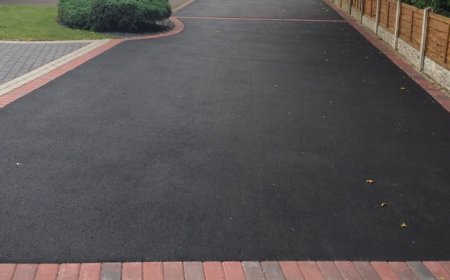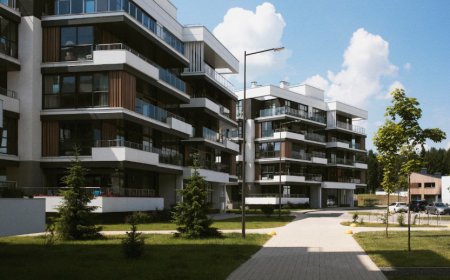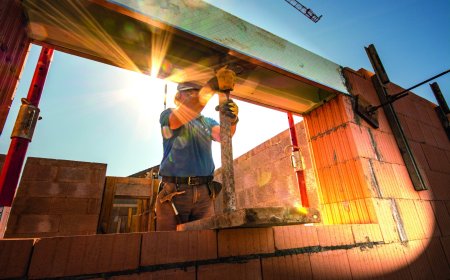Tree Pruning: The Secret to Healthier, Safer, and Better-Looking Trees
Tree pruning isn’t just for looks—it’s a powerful way to protect and improve your trees. Done right, it pays off for years to come in healthier, stronger, more beautiful trees.

Ever looked at a tree and thought, Wow, thats one good-looking tree! Chances are, its been professionally pruned. Tree pruning is more than just cutting off a few branchesit's an essential practice that keeps your trees healthy, strong, and beautiful.
Whether you're a homeowner, landscaper, or just love the greenery around you, this guide will give you everything you need to know about pruningfrom its benefits to techniques, timing, and expert tips.
What is Tree Pruning?
Tree pruning is the selective removal of branches or stems to improve the health, structure, and appearance of a tree. Its not just about shapingit's about guiding the trees growth and preventing future problems.
Why Tree Pruning is Important
1. Promotes Tree Health
Removing dead, diseased, or insect-infested limbs prevents the spread of decay and encourages new growth.
2. Increases Safety
Pruning eliminates hazardous branches that could fall during storms or high windsprotecting people, pets, and property.
3. Enhances Aesthetics
A well-pruned tree looks tidy and balanced, boosting your curb appeal and making your landscape pop.
4. Improves Sunlight and Airflow
By thinning dense areas, pruning allows better light penetration and air circulation, which is vital for the tree and surrounding plants.
5. Encourages Fruit and Flower Production
Pruning fruit trees helps them produce bigger, better fruit and more abundant flowers.
Common Types of Tree Pruning
1. Crown Cleaning
Removing dead, diseased, or broken branches to improve overall health and appearance.
2. Crown Thinning
Selective removal of branches to increase light and reduce wind resistance.
3. Crown Raising
Trimming lower branches to clear space for people, vehicles, or buildings.
4. Crown Reduction
Reducing the size of the tree canopy, usually for safety or to avoid power lines.
5. Structural Pruning
Shaping young trees to encourage strong, healthy growth patterns.
When is the Best Time to Prune Trees?
Deciduous Trees
Best pruned in late winter or early spring, just before new growth begins.
Evergreen Trees
Usually pruned in early spring, though light pruning can be done year-round.
Flowering Trees
-
Spring bloomers (e.g., dogwoods, magnolias): Prune right after flowering.
-
Summer bloomers (e.g., crape myrtle): Prune in late winter.
Avoid pruning in late summer or fall, as it can encourage new growth that wont harden before winter.
Tree Pruning Tools Youll Need
-
Hand pruners for small branches
-
Loppers for medium branches
-
Pruning saw for thicker branches
-
Pole pruners for high branches
-
Chainsaw (for large jobs) only if youre trained and confident
Dont forget gloves, goggles, and a hard hat if you're working under the tree!
DIY Pruning vs. Professional Pruning
DIY Pruning:
-
Great for small trees and simple jobs
-
Cost-effective
-
Requires some knowledge and the right tools
Professional Pruning:
-
Essential for large or high trees
-
Ensures proper technique and safety
-
Includes clean-up and disposal
When in doubt, call a certified arborist. Improper pruning can harm your tree permanently.
How to Properly Prune a Tree: Step-by-Step
-
Inspect the Tree Identify dead, crossing, or crowded branches.
-
Start Small Remove no more than 25% of the crown in one year.
-
Cut at the Right Spot Just outside the branch collar (the swollen area where branch meets trunk).
-
Use Sharp Tools Dull blades crush instead of cleanly cutting.
-
Avoid Topping Never cut the top of a tree flatit stresses the tree and leads to weak growth.
Signs a Tree Needs Pruning
-
Dead or hanging branches
-
Branches rubbing or crossing
-
Overgrowth near power lines or buildings
-
Misshaped or imbalanced canopy
-
Reduced flowering or fruiting
The Dangers of Improper Pruning
-
Weak, unstable branches
-
Increased risk of disease and decay
-
Poor growth structure
-
Reduced lifespan of the tree
-
Unsightly appearance
Tree Pruning and the Law
Did you know pruning the wrong tree or pruning it incorrectly could land you in legal trouble?
-
Dont prune trees on public land without permission
-
Get neighbor consent before cutting limbs over property lines
-
Check local tree ordinances for protected or heritage trees
When in doubt, ask your city or hire a licensed arborist.
How Often Should You Prune Your Trees?
| Tree Type | Recommended Pruning Interval |
|---|---|
| Shade Trees | Every 35 years |
| Fruit Trees | Annually |
| Ornamental Trees | Every 23 years |
| Evergreen Trees | As needed |
Benefits of Regular Tree Pruning
-
Healthier, longer-living trees
-
Improved safety around your home
-
Better looking landscape
-
Increased property value
-
Higher yields for fruit-bearing trees
Conclusion
Tree pruning isnt just for looksits a powerful way to protect and improve your trees. Whether youre trying to remove hazards, enhance your yard, or boost fruit production, proper pruning is the answer. Done right, it pays off for years to come in healthier, stronger, more beautiful trees.
So grab those prunersor call in the prosand give your trees the care they deserve!
FAQs
1. Is it okay to prune trees in the summer?
Light pruning is fine, but heavy cuts are best done in winter or early spring.
2. Whats the difference between pruning and trimming?
Trimming is mostly for aesthetics, while pruning is more focused on health and structure.
3. Can pruning hurt a tree?
Yesover-pruning or cutting incorrectly can weaken or even kill a tree.
4. How much does professional tree pruning cost?
Anywhere from $200$800+, depending on tree size, condition, and location.
5. Should I prune young trees?
Absolutely! Structural pruning early in a trees life sets it up for long-term strength and beauty.







































